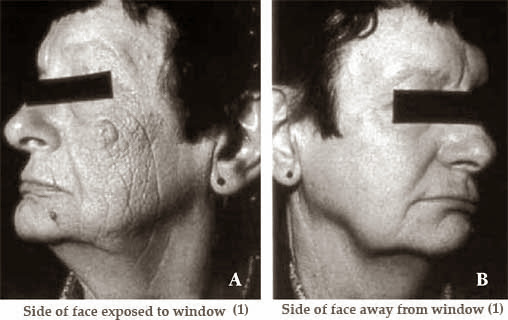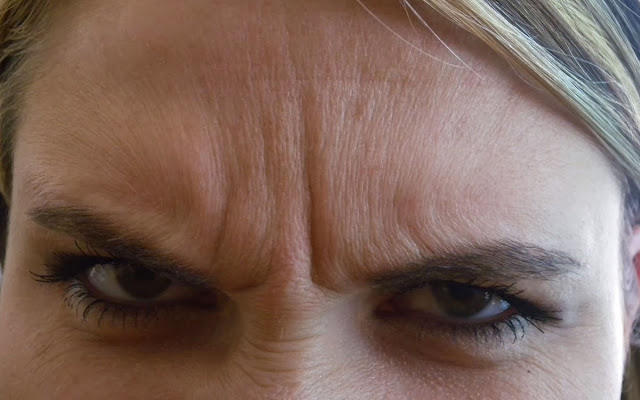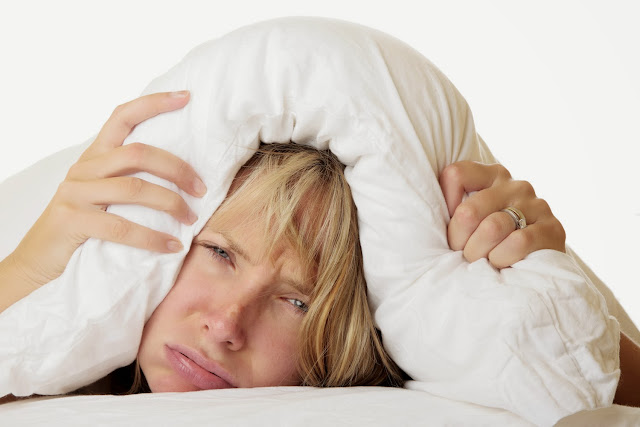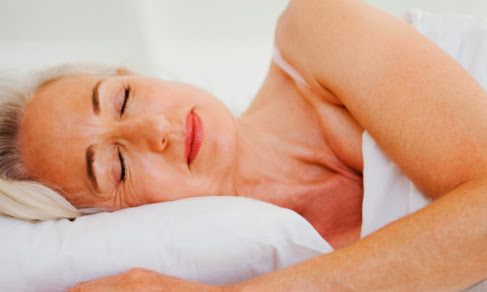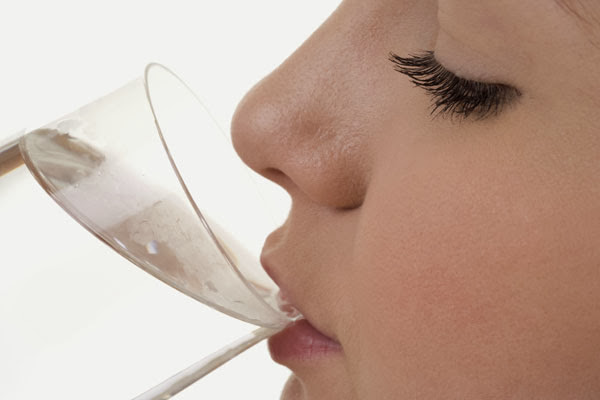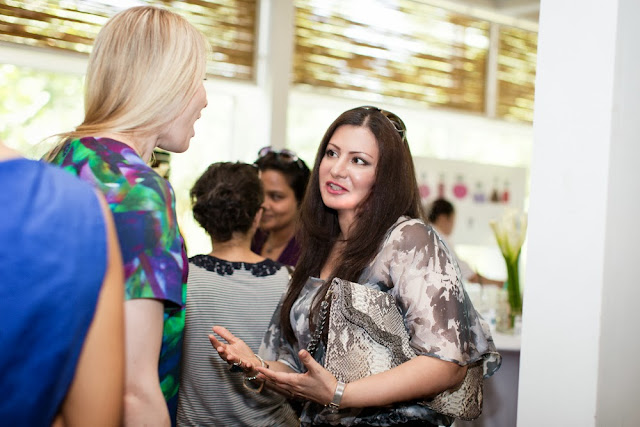Talking skin, aging and science in my last blog,
I highlighted the importance of preventive measures and lifestyle changes,
which can significantly slow down aging. Today we will dig deeper and focus on:
Why skin ages and how science can help remedy it?
So, Why
Does Our Skin Age? To answer this question, we
need to understand what happens to our body as we age. Over time, our DNA gets
damaged and our built-in repair and regeneration processes slow down, until cells
wither and can no longer function properly.
Talking purely skin aging and genetic
programming, our skin stops making new collagen and elastin past the age of 20.
Adding insult to this injury we are constantly subjected to lifestyle dependent
degradation of collagen/elastin. When the regular degradation of skin matrix is
not balanced by regular replenishment, wrinkles begin to appear and skin begins
to sag.
Skin
Aging Under The Microscope
Sun, smoke, pollution and various toxins promote
formation of reactive oxygen species (ROS)
such as superoxide anion, peroxides, and singlet oxygen (oxidants.) These ROS
damage DNA, cell membranes and most importantly collagen/elastin fibers. They also
increase matrix metalloproteinase (MMP)
enzymes, which cause further carnage and break down vital skin components.
Few studies have shown that there are low-grade
inflammatory processes taking place in our bodies in response to ROS that are
responsible for making us age faster.
How Do
We Fight Cellular Aging?
Personally, I agree with the above schools of
thought and feel antioxidants and anti-inflammatory agents are both beneficial
to stop the wear and tear processes in our body. Oral antioxidants like:
CoffeeBerry, Resveratrol, Pynogenol, Acai, green tea, Vitamin C (Ascorbyl Palmitate
version), and Nicomide do help in slowing down the wear and tear in our body.
Some research into the low-grade inflammation
theory has indicated that Doxycycline in low dosage (40 mg a day) can work well
in reducing skin aging. In animal studies it has shown to substantially
decrease the amount of MMP's (bad guys) that cause skin matrix degradation (if
it works in humans is still debatable though).
Tried
& Tested Topical Collagen Boosters:
One sure way to produce collagen is to
exfoliate skin. Exfoliation, removes the surface layer of dead cells, and
stimulates the new skin cells turnover and new collagen production. Retin-A,
Glycolic Acid based products, superficial peels and manual facial scrubs are
all good ways to exfoliate the skin.
Retin A is the
most researched, tried and tested collagen booster. Looking at similar
products, Dermatology literature shows us that Tazarac
works a little better than Retin-A. Differin 0.3 has yet to be studied
in a comparative trial.
Retinol is not
bad either. ROC makes a good and fairly stable one.
Alpha-hydroxy acids are
similarly tried and true, glycolic acid being the best. (Neo-strata is a
great brand.)
Peptides,
especially the carrier peptides, which bring zinc and copper into the dermis,
increase collagen production (Neova, Osmotics and Neutrogena's Visibly Firm).
While there is a lot of hype to other topicals,
skepticism is healthy here, I feel that dermato-pharmacology has improved
greatly and many of the ingredients, especially peptides and hyaluronic acid benefit
our skin.
Radiofrequency
and Laser Treatments are also beneficial
antiaging tools. They work by denaturing the skin collagen by delivering heat into
the skin and thus producing collagen fragments called the signaling peptides. These
signaling peptide signals the fibroblast to make more collagen.
The Bottom Line
Based on currently available science there are two main
approaches to preserve youth. One is to stimulate collagen/elastin synthesis, and
the other is to inhibit their degradation. Topical agents, lasers and
radiofrequency treatments stimulating matrix synthesis (particularly collagen
boosters) are adequately researched and supported by clinical evidence. In most
cases, it is reasonable to try them first. But, sometimes (particularly in
older people) they have little or no effect. In those cases, one should
consider taking steps to minimize matrix degradation by inhibiting or reducing
the levels of MMP enzymes. Unfortunately, the methods to do that are still in emerging
processes and still some distance away from the prime time.




